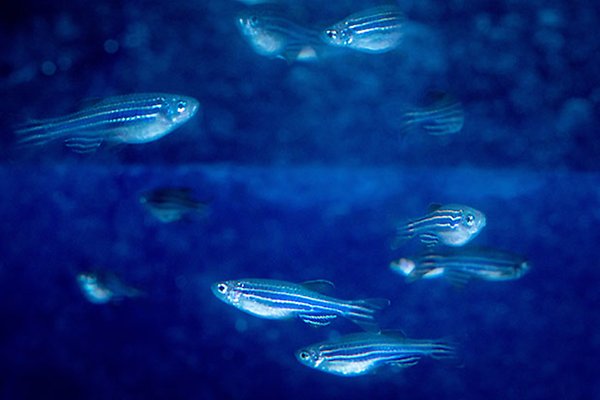Animal experiments
Animal experiments can be used for scientific purposes when there are no other methods to obtain new knowledge. All animal experiment activities are covered by a strict set of regulations.
Information about rules, about animals and the ethics of animal testing and about methods that refine, reduce or replace animal testing.
The Swedish Research Council together with eight Swedish universities are behind the website.

Why animal experiments?
For health and ethical reasons, it is forbidden to perform experiments directly on humans, and laboratory animals are therefore used as a model for how the human body works. At Uppsala University, animal experiments are carried out to investigate how diseases occur and how they can be treated, how chemicals affect nature and how we can protect our environment, to name a few examples.
We are constantly striving to find alternative methods that refine, reduce the need for, or entirely replace animal experiments.
What do we do with the animals?
Experiments using animals are conducted for a limited time. During the course of the experiment, it is common to take blood samples or to give the animal a certain substance or medication, for example.
All experiments are carefully planned to ensure they are as gentle as possible on the animals. While the experiments are being carried out, checks are done to see how the animals are feeling and to ensure their suffering is minimal. This may involve providing pain relief or stopping the experiment with certain animals.
Where possible, the animals' living environment is adapted to their need to perform natural behaviours. For example, this includes opportunities for mice to build nests and climb or for fish to hide and investigate their environment.
Which animals are used?
Zebrafish and mice are the most common laboratory animals used in research at Uppsala University. Examples of other animal species used to a lesser extent are rats, chickens, frogs, various types of fish and pigs.
A new zebrafish facility at Uppsala University
In 2023, one of Europe's most modern zebrafish facilities has been inaugurated at Uppsala University. In the new facility, the researchers have access to the latest technical solutions that optimize the environment both for the zebrafish, the staff and for the research.
Research using zebrafish has many advantages. The short generation time and the fact that the fish is easy to modify are just a few examples. Being able to replace mice with zebrafish to a greater extent, is also positive from an ethical perspective.
Ethical review and guidelines
All animal experiments have been approved in advance by the regional ethical committee on animal experiments. The committee assesses whether the benefit of the experiment outweighs the suffering the animals are expected to experience.
Uppsala University's policy on animal experiments provides detailed information about the University's view of the use of laboratory animals in research and education.
Contact
There is a centre at Uppsala University that works to develop and improve laboratory animal activities. It is managed by a board and a director. There are several animal departments at the centre, an office with functions for areas such as technology, representatives, laboratory animal veterinarians and administration. There is also an animal welfare body that provides advice on laboratory animal issues.
